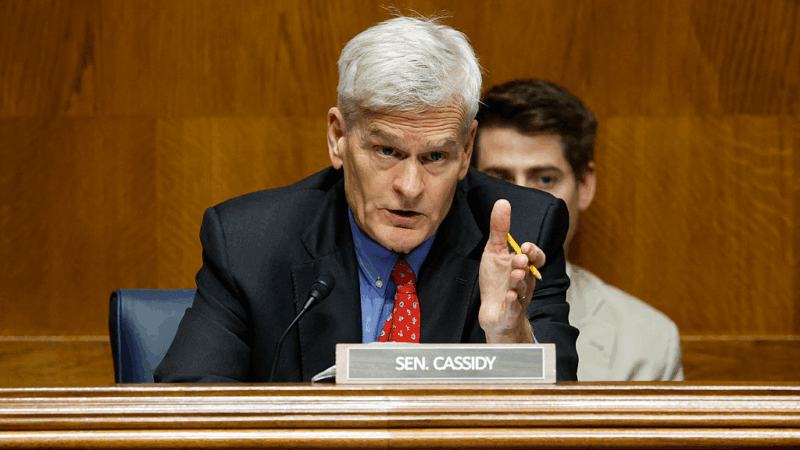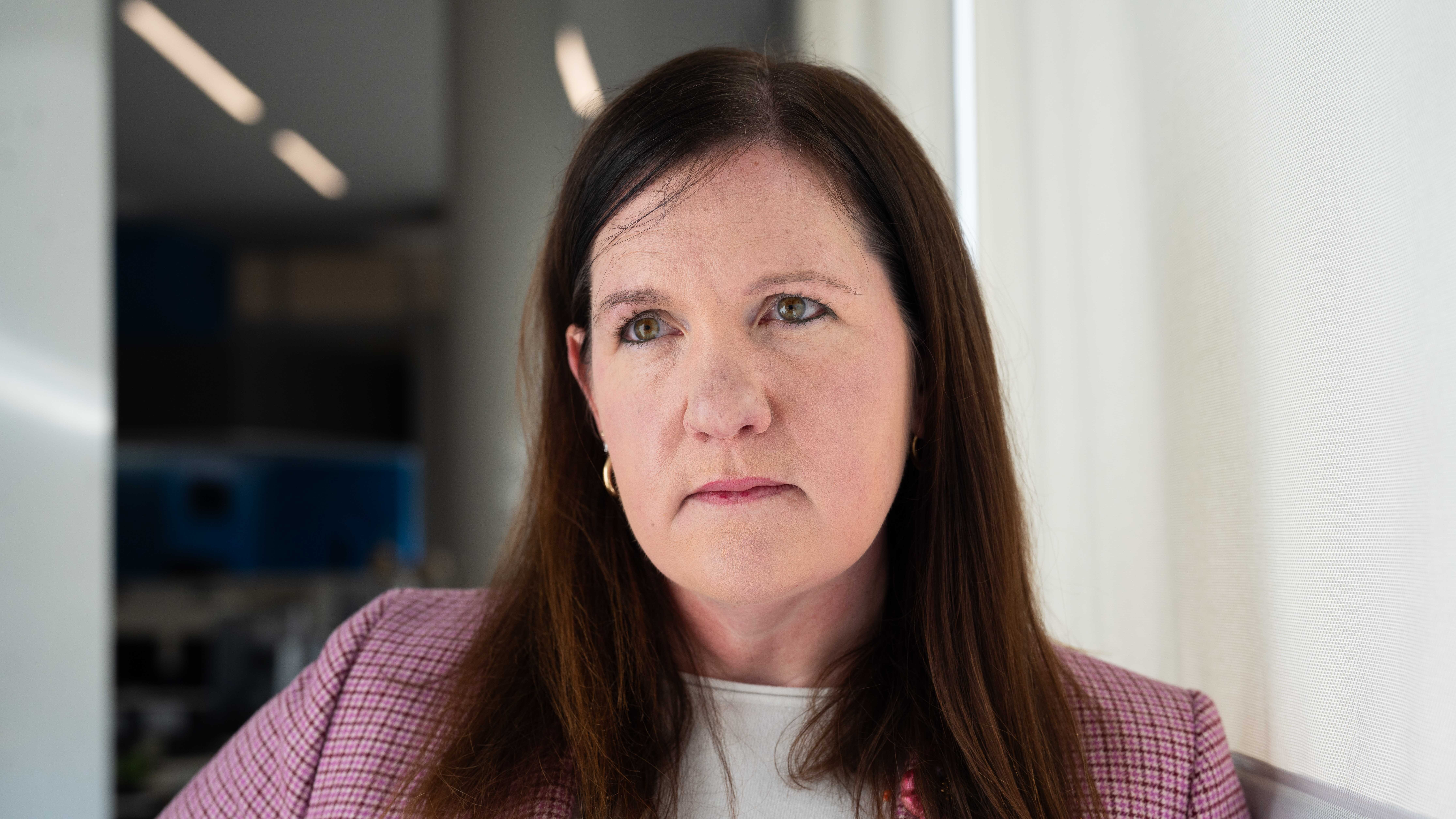Play Therapy
Four year old Aya has been fighting cancer for most of her life. She has lost both of her kidneys to the disease, and has endured both chemotherapy and dialysis. As Aya got older, she started to clam up around doctors and refused to talk to anyone wearing scrubs or a lab coat. She resorted to baby talk and pulling sheets up over her head.
Eventually, one of her nurses recommended that Aya get counseling to deal with her communication issues. For the last eight months she has been undergoing what is known as play therapy at Children’s Harbor clinic in Birmingham.
Play therapy is a type of therapy that uses the natural benefits of play to help children systematically address and resolve problems. It may include playing in the sand, painting pictures and playing dress up.
Terry Bowen is a registered play therapist practicing at Children’s Harbor. She is also the president of the Alabama Association for Play Therapy, a professional organization dedicated to promoting play therapy and training therapists.
“The play therapist is trying to track what the child is doing and to make responses to what the child is doing. To name feelings that the child is representing but might not even have a name for. That’s where the therapy comes in. It’s what the therapist adds to the child’s play.”
Kathryn Blackwell a counselor at Midfield Elementary School. She uses play therapy techniques to get kids to open up about their lives and communicate in ways they are otherwise unable to.
“Play is their natural language. Like adults use language, children use play. So it’s to help children work out their problems using play.”
Hospital rules forbid us from using Aya’s mother’s real name – we’ll call her Sarah. Sarah says her daughter enjoys playing with dolls and paint. She says that when Aya is playing her counselors are able to find out what she’s going through and communicate with her.
“She loves it. She comes out and tells me what they played with. They have a kitchen. She goes and she plays with the kitchen. And she loves paint. She’ll even paint pictures for me and bring them out to me. You know, finger paintings and stuff like that.”
Sarah says the play therapy has significantly helped Aya communicate with her doctors and nurses.
“Oh wow, she talks to the doctors the nurses. She lets them know if she’s hungry, if she’s not feeling good. She even comes out – she learns their names now – she comes out and she tells me things they did and she let me knows what happened through the day. It makes you feel more comfortable because at first I had no idea what was going on in the back, she wouldn’t talk about it or anything. Now she’s very comfortable talking about her care and the things that happen when I’m not around.”
Play therapy can be used with children of all ages who are experiencing a variety of social, emotional, behavioral and learning problems, including aggression, conduct disorders, depression, ADHD, reading disorders and low self esteem. Play therapy is an option for kids who are dealing with things like divorce, death, or moving to a new home or a new school.
As a counselor, Kathryn Blackwell sees students who are acting out in class due to some sort of trauma in their lives. She usually sees a child once a week for 45 minutes to an hour. One of Blackwell’s favorite play therapy techniques is called sand tray in which a child chooses toys and figures from a shelf and creates a story that takes place in a small box of sand.
“Children are so drawn to the toys. They see them and they’re like ‘Oh,’ and it’s amazing. // it really is amazing what it will tell you about a child. You’ll ask them to pick toys that they’re drawn to and they’ll pick toys that have to do with what they’re going through right now….You can’t lie. You pick those toys and even if you’re trying to lie, you can’t, because the toys are drawn to you and they mean something in your life.”
There are a number of play therapy methods and philosophies. Choosing the best method depends on a number of factors, including the child’s age, maturity level and particular situation. In nondirective play therapy the focus is on the child. In directive play therapy the focus is on the problem the child is addressing.
Terry Bowen says that in most play therapy sessions the child leads the play and the therapist’s role is to respond to what the child does.
“Children are so often told what to do, where to go, what to say and how to say it. And when they come into the play room they are told that this is a safe place where they can do almost anything they want to. They’re told that they can choose to play or they can choose not to play. And they can choose to talk or they can choose not to talk.”
Bowen says that when a child begins play therapy she develops a plan and sets a goal based on what the parents believe the problem to be. She says it usually takes at least 20 sessions to make a significant difference. Of course some children improve faster while some problems may take significantly longer to resolve.
Kimberly Brindley is also a registered play therapist at Children’s Harbor and is the president-elect of the Alabama Association for Play Therapy. She says that children can often times progress significantly faster in play therapy than in other forms of therapy.
“What we can do in a play therapy session could take ten sessions in a traditional talk therapy session, We move a lot faster. When you have something between you and them, the toys, the play, whatever it is, whether it is structured or nonstuctured, directive or nondirective, it really frees up the individual to express themselves and we go a lot faster to the concerns and what needs to improve.”
Aya’s mom, Sarah, says she’s been so happy with her daughter’s progress that she hopes to continue the therapy until Aya’s cancer treatment is complete.
After Texas ruling, Trump and Republicans head to 2026 with a redistricting edge
Trump has prompted a redistricting race as he tries to maintain Republican control of the House in the 2026 elections. Democrats have fewer options to counter, as the battle heads into next year.
How China, not the U.S., became the main climate solution story in 2025
The U.S. has become a "side character" in the global story of renewable energy, experts say. China dominates the sector, with positive implications for the climate and their economy.
Republicans push high deductible plans and health savings accounts
A Republican call to give Americans cash instead of health insurance subsidies revives an old idea that has left millions with medical debt.
Supreme Court to hear case that could vastly expand presidential powers
The Supreme Court hears arguments in a case about President Trump's firing of a Federal Trade Commissioner. At stake is a 90-year precedent limiting the president's power over independent agencies.
Zelenskyy heads to London for more Ukraine peace talks. Here’s what to know
The talks signal fresh support from European allies. But they follow stalled U.S. negotiations in Miami and comments from President Trump's son suggesting Washington is ready to pull back.
Tributes, not politics, play center stage as Trump hosts the Kennedy Center Honors
President Trump said he was closely involved with picking the honorees, and on Sunday he became the first president to host the Kennedy Center awards ceremony.







